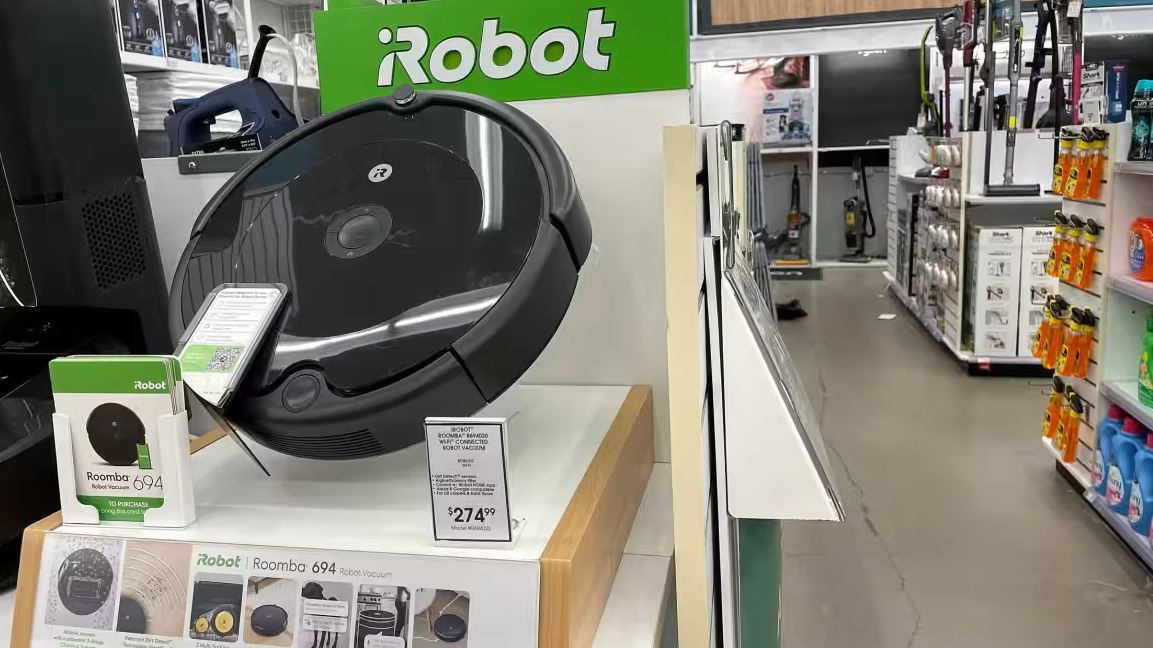
This article is more than
4 year oldFun but doomed: LG's most memorable smartphones
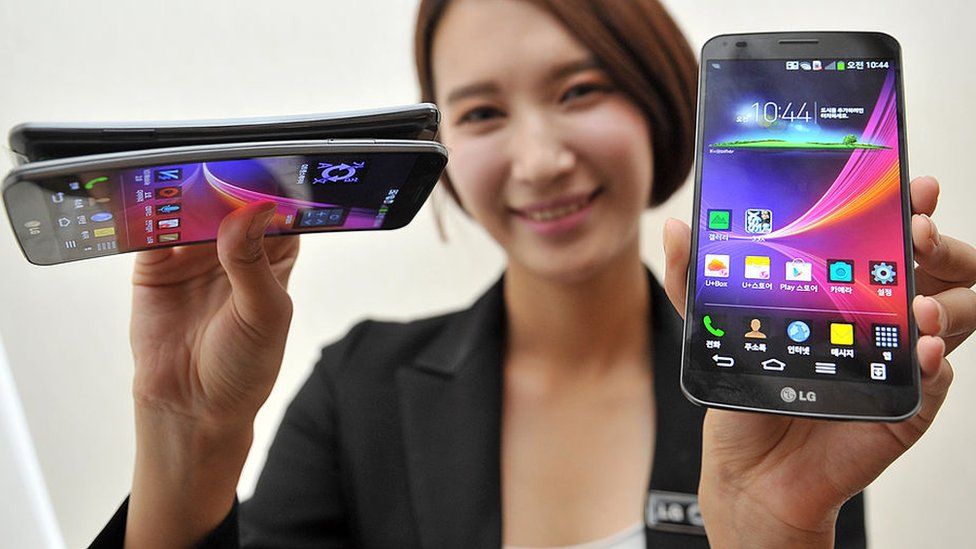
It was once the world's third-bestselling mobile brand. These days the loss-making business doesn't even make the global smartphone top 10 list. Market research firm IDC places it 11th.
But its decision to finally give up marks a significant moment.
Not only because it might be the catalyst for other struggling companies, such as Sony, to make the same decision.
But also because LG had distinguished itself by trying to offer something different to the rest of the market.
It was only in January that it teased what had been intended to be its next innovation: a handset whose screen would have expanded in size by rolling out more of its flexible display when required.
"LG failed to hit the sweet spot for consumers despite providing short bursts of excitement with brilliant technology - some of its high-end products were cool but just too niche," Natalya Paul, digital editor of Stuff magazine, told the BBC.
"And as for its more mainstream smartphones, they just didn't do things as well as the competition."
The shame of the matter is that this should have been an opportune moment for LG.
Samsung's latest Galaxy S21 represents a fairly conservative update to its predecessor.
And Huawei - which was briefly the world's bestselling Android phone-maker - looks like it could also be on the way out after the US blocked its access to the processor chips it needs.
But a number of other Chinese brands, including Xiaomi, Vivo and OnePlus, are prospering with advanced models priced at levels LG simply can't profitably compete with.
"LG's decision to abandon mobile phones reflects the unrelenting competitive pressure it has faced in recent years," Ben Wood from CCS Insight commented.
"Other sub-scale phone makers will now wonder how long they can remain in such an over-saturated market."
The following are some of LG's most notable phones over the years:
LG Prada (2007):
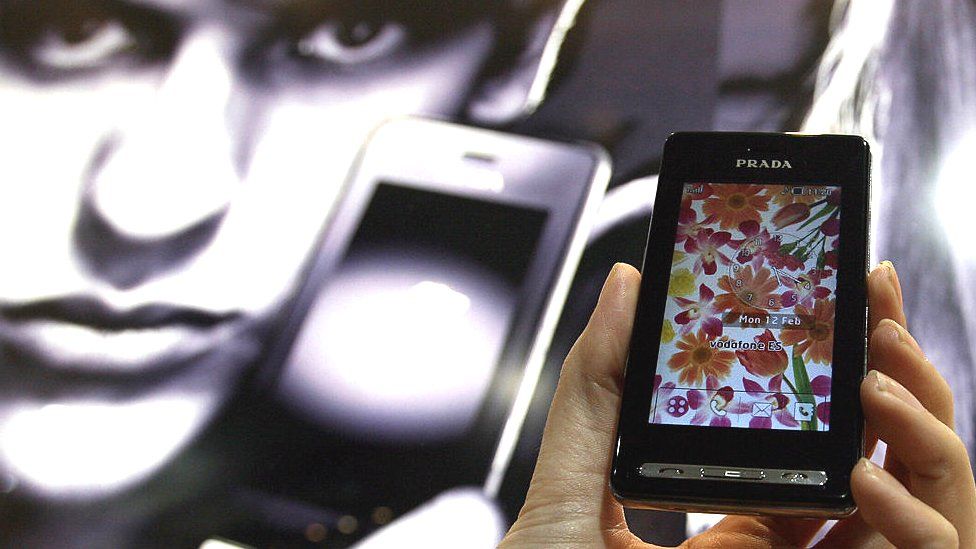
It's little remembered these days, but LG beat Apple's iPhone to market with this colour touchscreen smartphone, which was also known as the KE850.
But while both devices used capacitive tech to detect finger taps by changes in the display's electrical field rather than pressure, only the iPhone could register more than one finger at once, allowing it to do things like pinch-to-zoom.
LG's phone did have advantages of its own, including a camera flash and the ability to record video.
But its operating system - based on Adobe's Flash software - failed to take full advantage of even its limited touch capabilities.
It lacked a Qwerty-keyboard, for example, meaning owners could only type messages by repeatedly pressing the keys of a digital representation of a number pad, just as they would have done on older models.
LG G2 (2013):
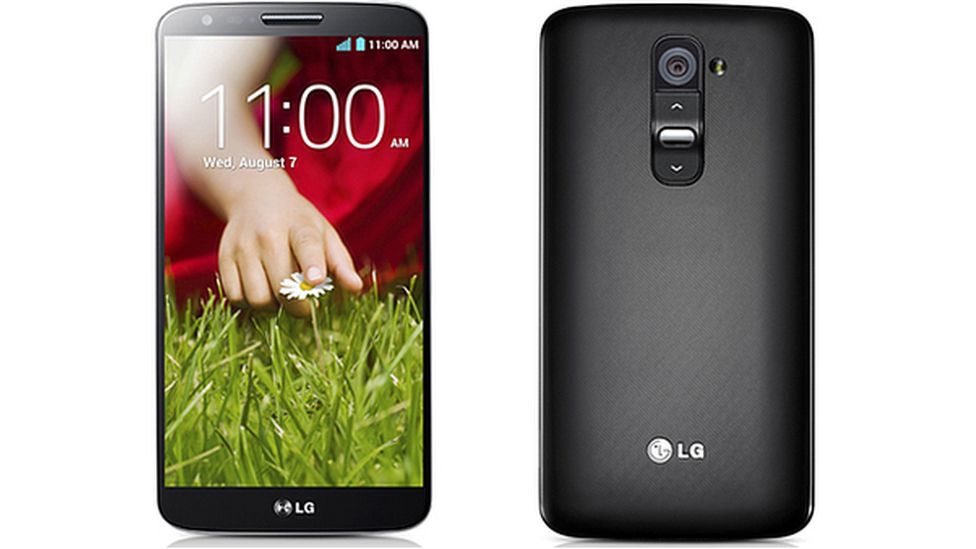
After the success of the firm's Android-based Optimus G phone, LG's engineers turned their attention to making its successor easier to control.
The problem, they said, was that users were finding it hard to handle devices with what then seemed like a large 5in (12.7cm) display.
The solution they came up with was to fit push-buttons to the device's back, which did different things depending in how long you pressed them for.
This and the follow-up G3, which used a laser beam to focus its camera, marked the firm's high point.
LG G Flex (2013):
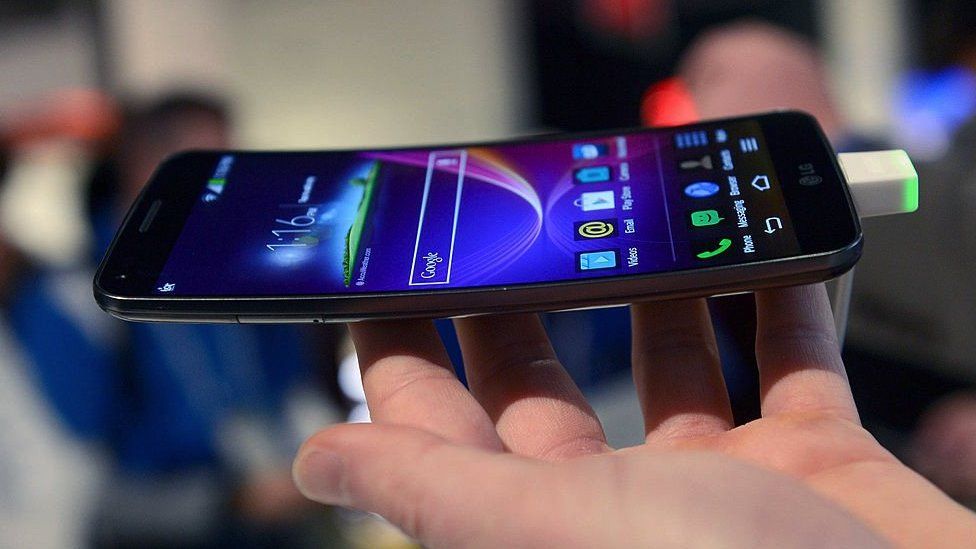
Both LG and its arch-rival Samsung were obsessed by the possibilities of using flexible screens in handsets in 2013, even if engineering limitations meant both were dependent on using them in non-flexible devices.
The two opted to curve their devices in different ways, but the result was the same: consumers perceived both to be gimmicks.
The G Flex did offer one other headline-worthy feature: a "self-healing" rear that meant small scratches faded away.
But it was never a bestseller.
That didn't stop LG from trying again in 2015 with the G Flex 2, which went for a slightly smaller form factor.
However, the G Flex's true legacy is that it pushed engineers into finding ways to use bendy display tech to create devices with expanding screens, albeit at a cost that remains too high for the mass market.
LG G5 (2015):
The idea of add-on modules pre-dates smartphones - Sony Ericsson feature phones, for example, had bolt-on cameras.
But the G5 aimed to take this to a new level with a split-apart design that was intended to allow an ever expanding range of parts to be slotted into place.
The initial range of "friends" included a module that played music at higher quality, a camera grip with manual controls... and unfortunately that was it.
Despite plans for third parties to introduce modules of their own, none ever appeared.
Lenovo later tried and failed with its own spin on the idea.
It seems that users found the idea too fiddly, and were more interested in buying new devices outright than spending on hardware enhancements to existing products.
LG V50 (2019):
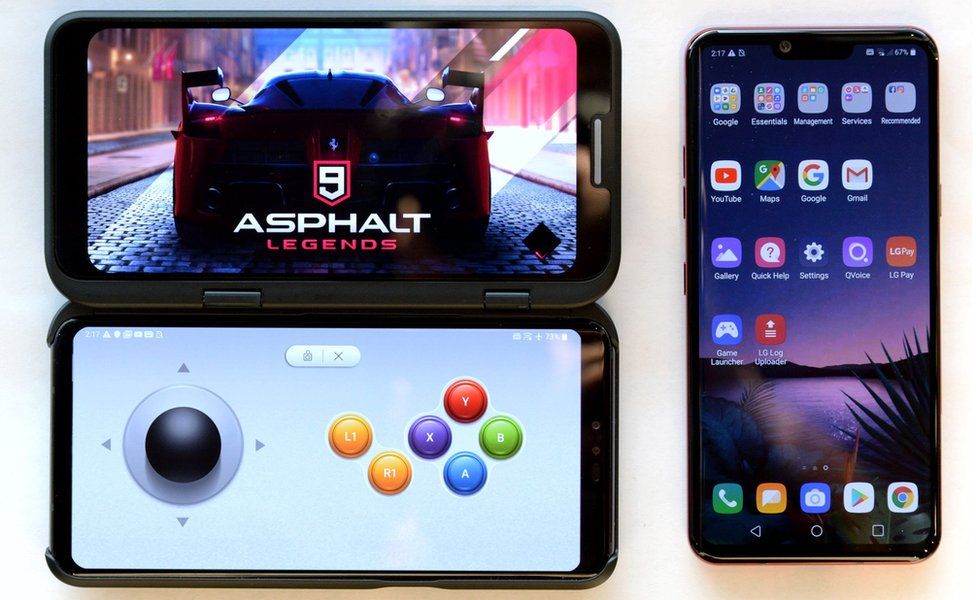
There was a faint echo of the G5's modular ambitions in the V50.
The handset was marked out by the ability to snap on a second display to do things like offer separate touchscreen controls for games, or to give vloggers a way to show live footage on one display and comments from their audiences on another.
Ultimately, though, it once again proved to be a solution in search of a problem.
LG Wing (2020):
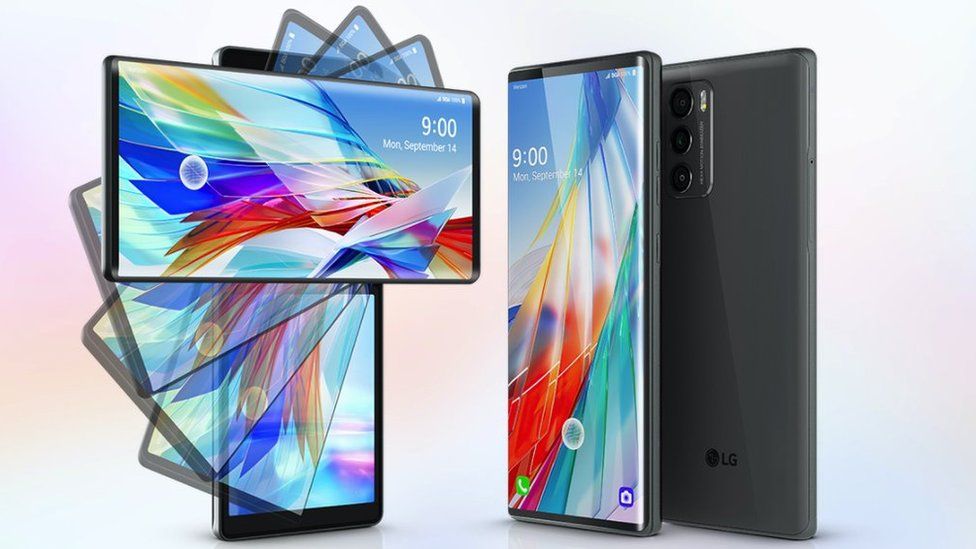
It seems the Wing is destined to be LG's last released attempt to rethink the smartphone.
The handset features a larger screen that swivels round to reveal a smaller one underneath.
The idea, again, was to provide touchscreen controls that did not cover up a game or movie's action, or to help owner use two apps at once.
The trade-off, of course, was the worry that something would break despite a promise that the hinge would last for at least 200,000 swivels.




